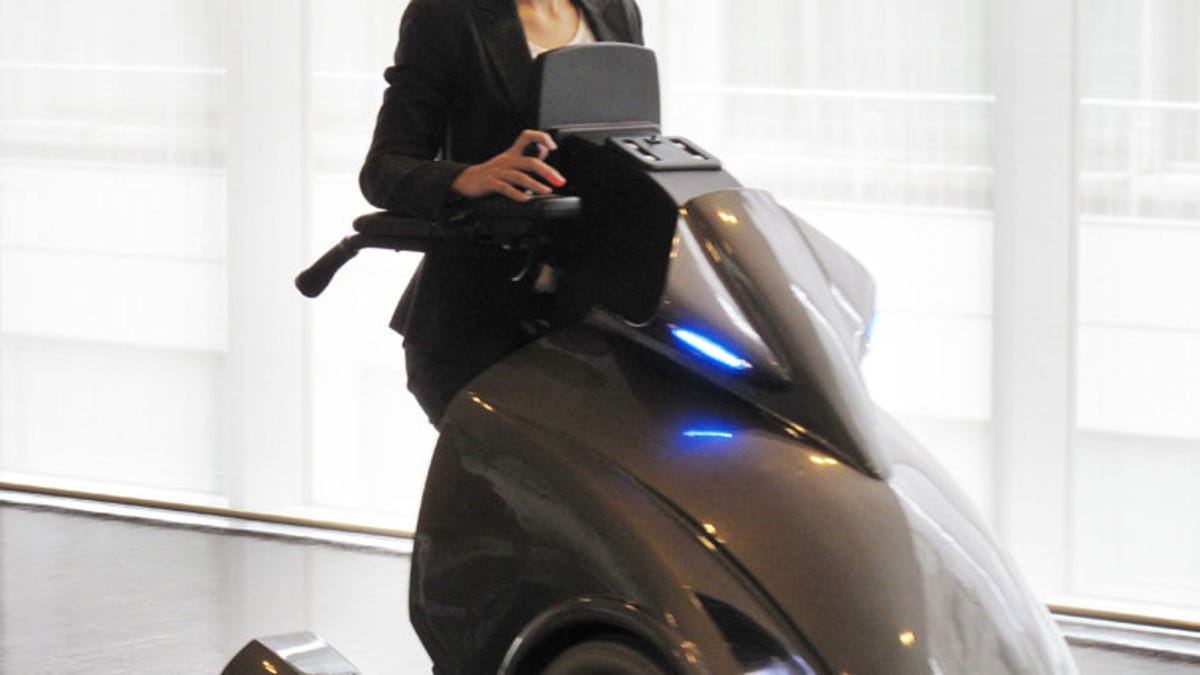Wheelchair of the future takes on the scooter
A Japanese robotics company unveils the "universal vehicle" Rodem, an electric wheelchair that accomplishes both better mobility and high fashion.

Sometimes function can successfully follow form. That may be the case for Japan's Veda International Robot R&D Center, whose electric wheelchair for the immobile and elderly might be giving scooters and electric cars a little competition in the looks department.
The "universal vehicle" Rodem (model number M1-1) operates for about four hours per charge. My favorite feature, though, is the accelerator (of course, in electric vehicles, there are no "ignitions" or "gas pedals"), which a very smart person decided should come in the form of a joystick, thereby titillating the gamers of younger generations. (I also enjoy picturing my 91-year-old grandmother navigating by joystick.)
Of course, the "high" speed of the Rodem M1-1 is 3.5 kilometers (2 miles) per hour, so when it comes to giving electric cars and scooters a run for their money, well, this is more likely to be a toy for wealthy mall rats (they should hire Paris Hilton) than anyone aiming to look cute on the street.
So beyond being electric, what makes this next-generation wheelchair, well, next-gen? Ergonomics. Because riders sit in a more upward position, taking a seat from behind and relaxing forward, it is both easier to mount and friendlier on the lower back--not to mention on caregivers the world over:
When a wheelchair is used, an elderly or disabled person has to go through seven processes, sitting up on the bed, leaning forward, leaving the bed, turning his or her back to the wheelchair, sitting on the seat, sitting up on the seat and moving backward...It is possible to ride on the Rodem through three processes, which are sitting up on the bed, leaning forward and leaving the bed, reducing the burden on caregivers.
Veda International plans to select a partner company to mass-produce these for an autumn 2009 release at about 500,000 to 700,000 yen, or $5,300 to $7,500--a pop.

